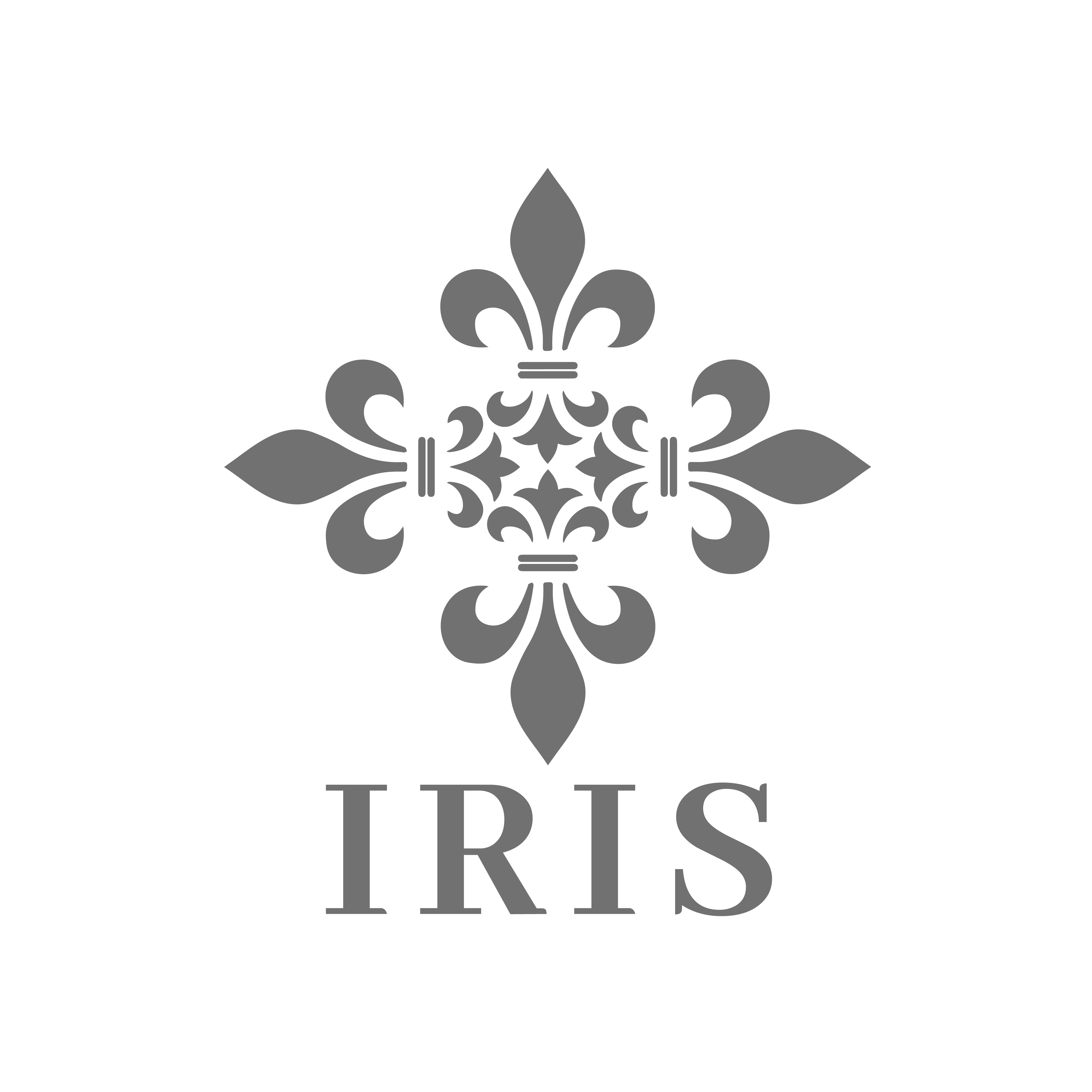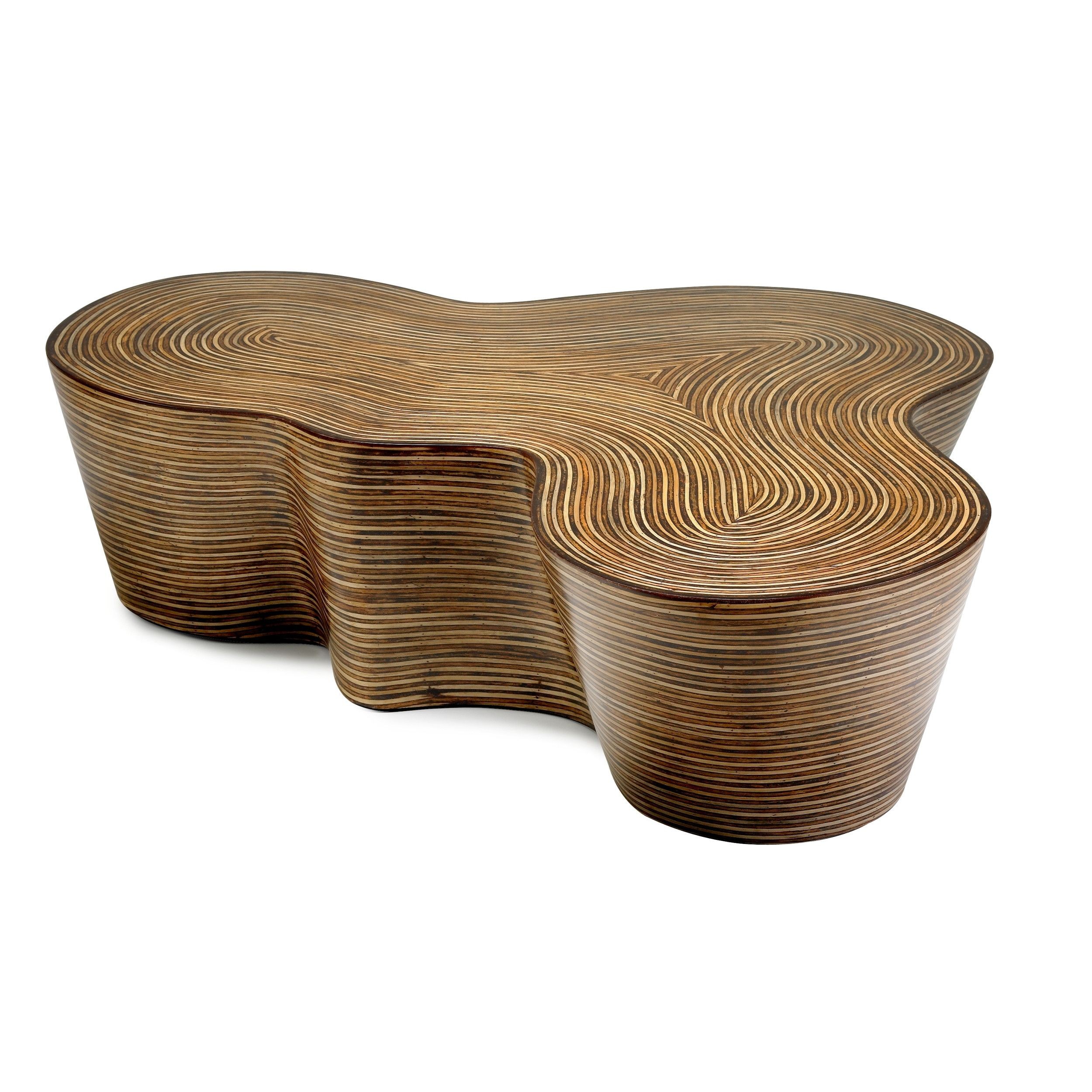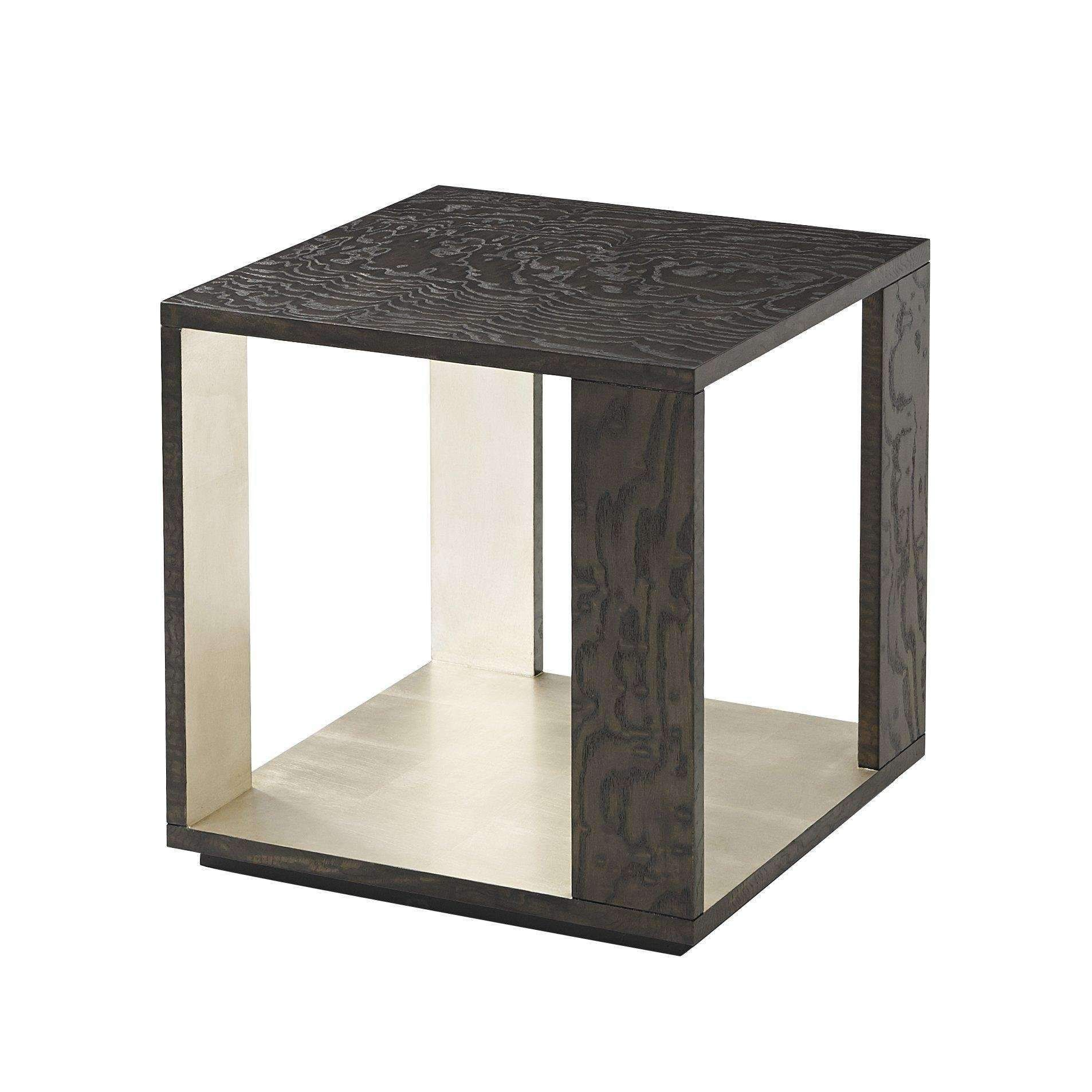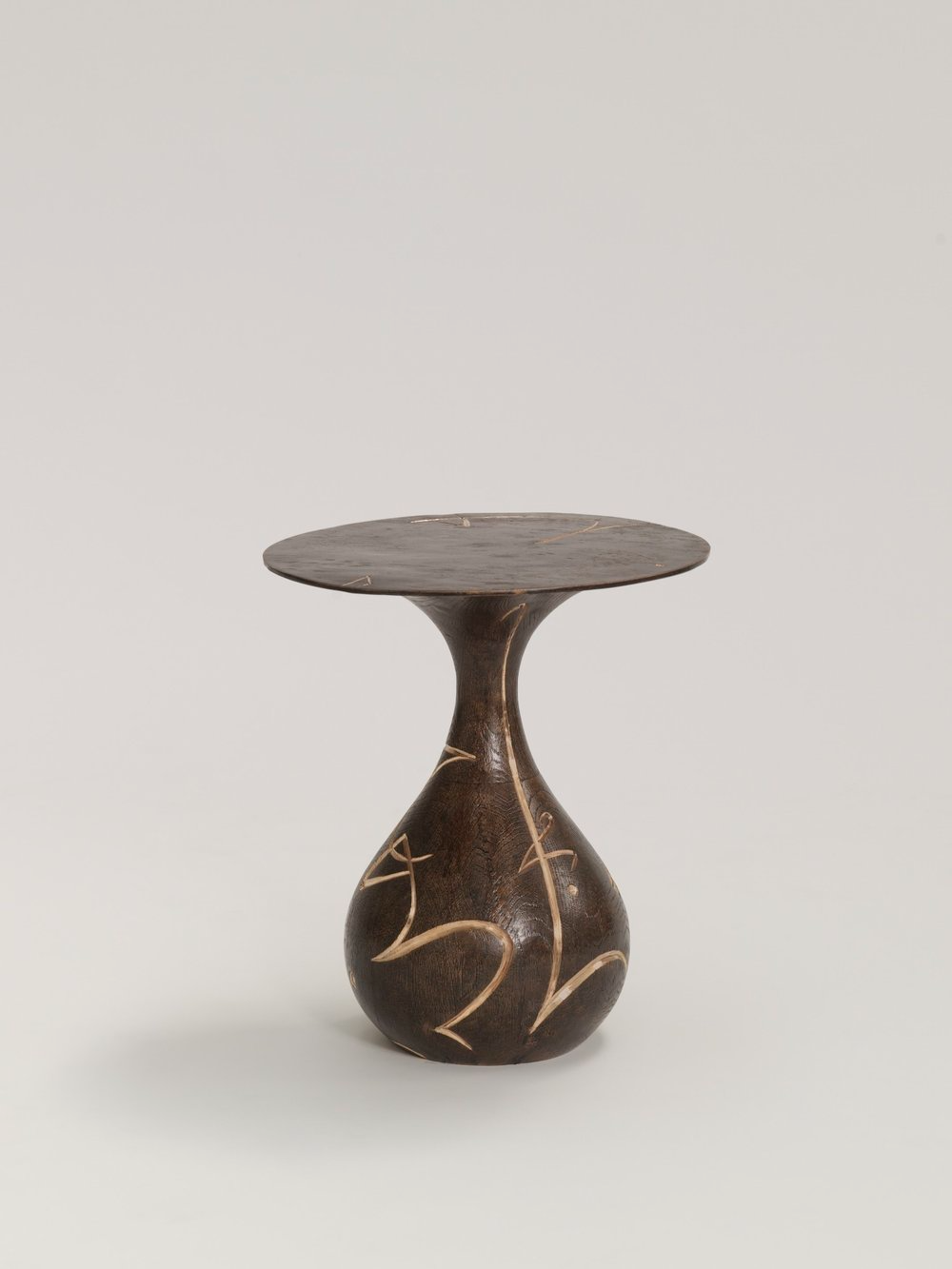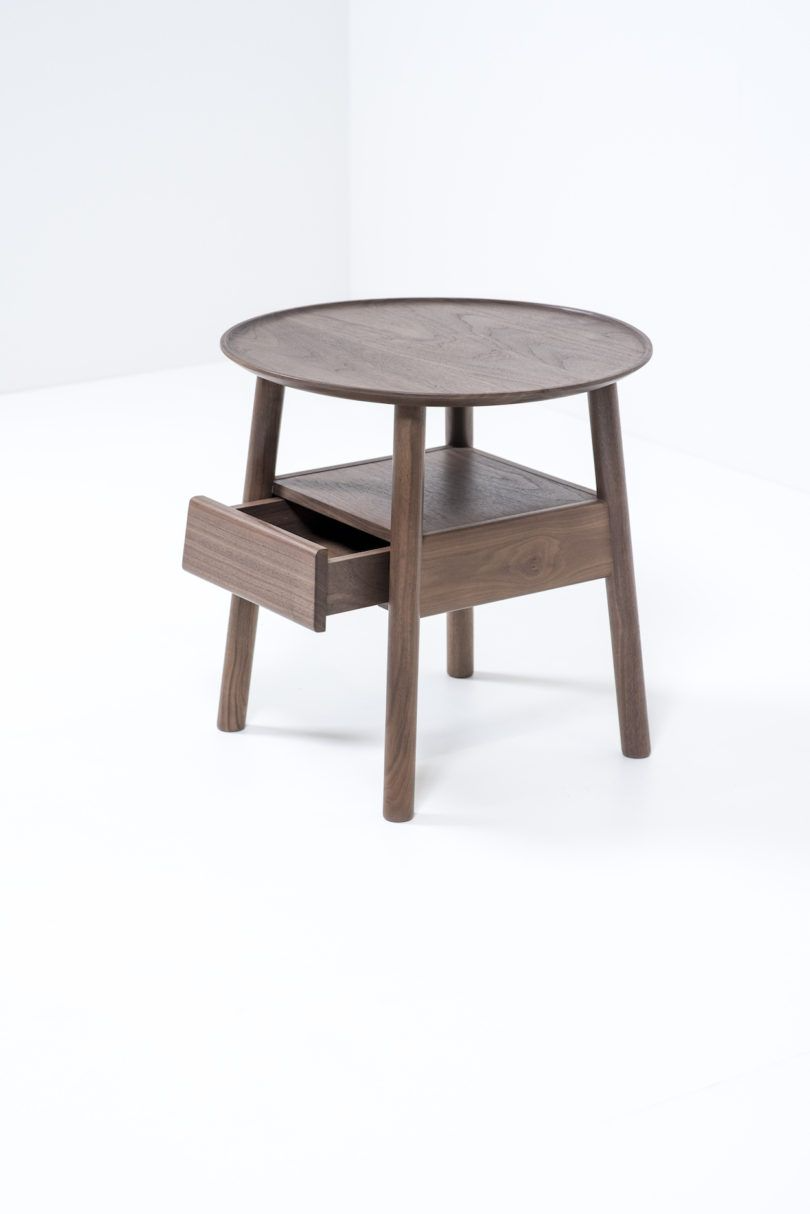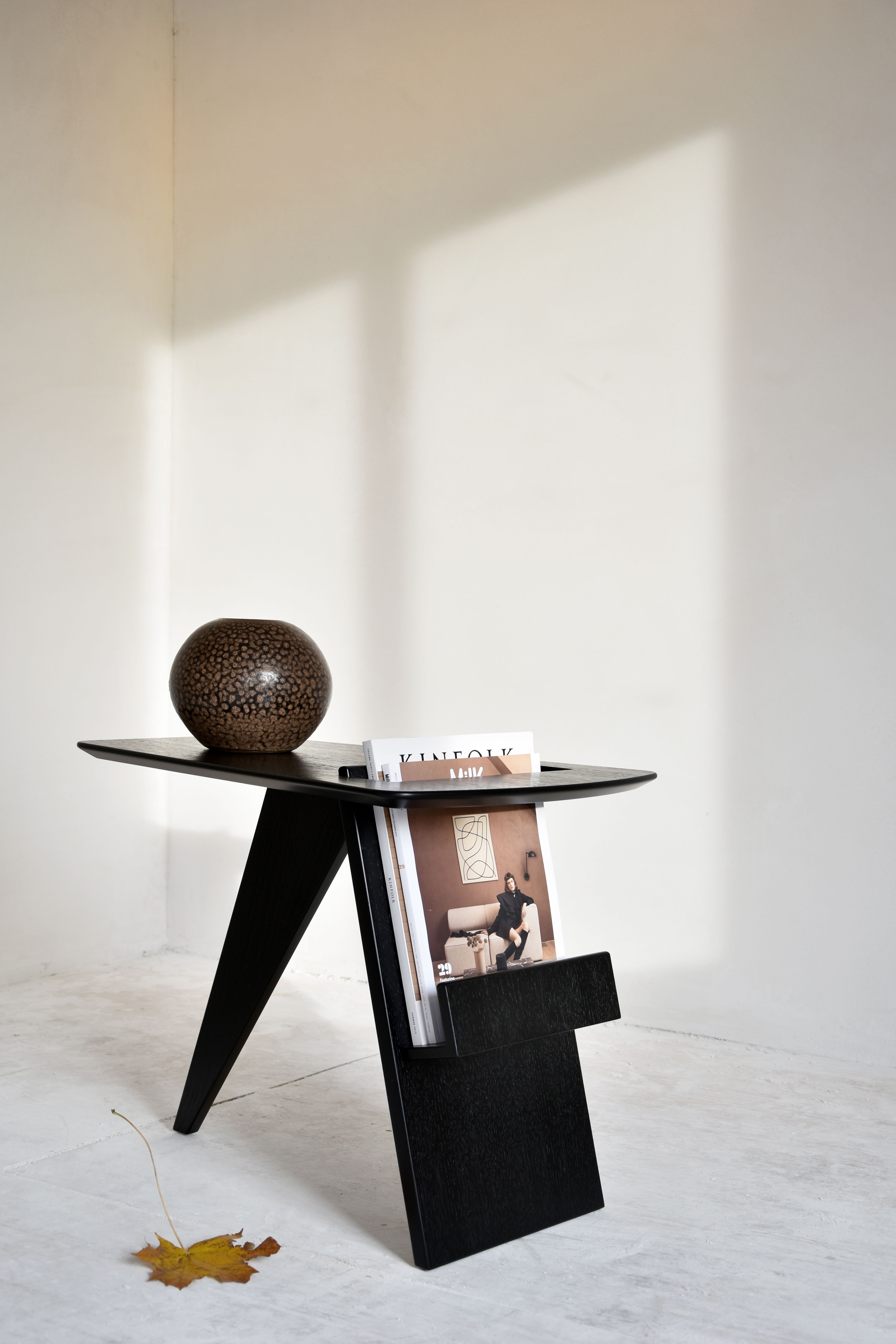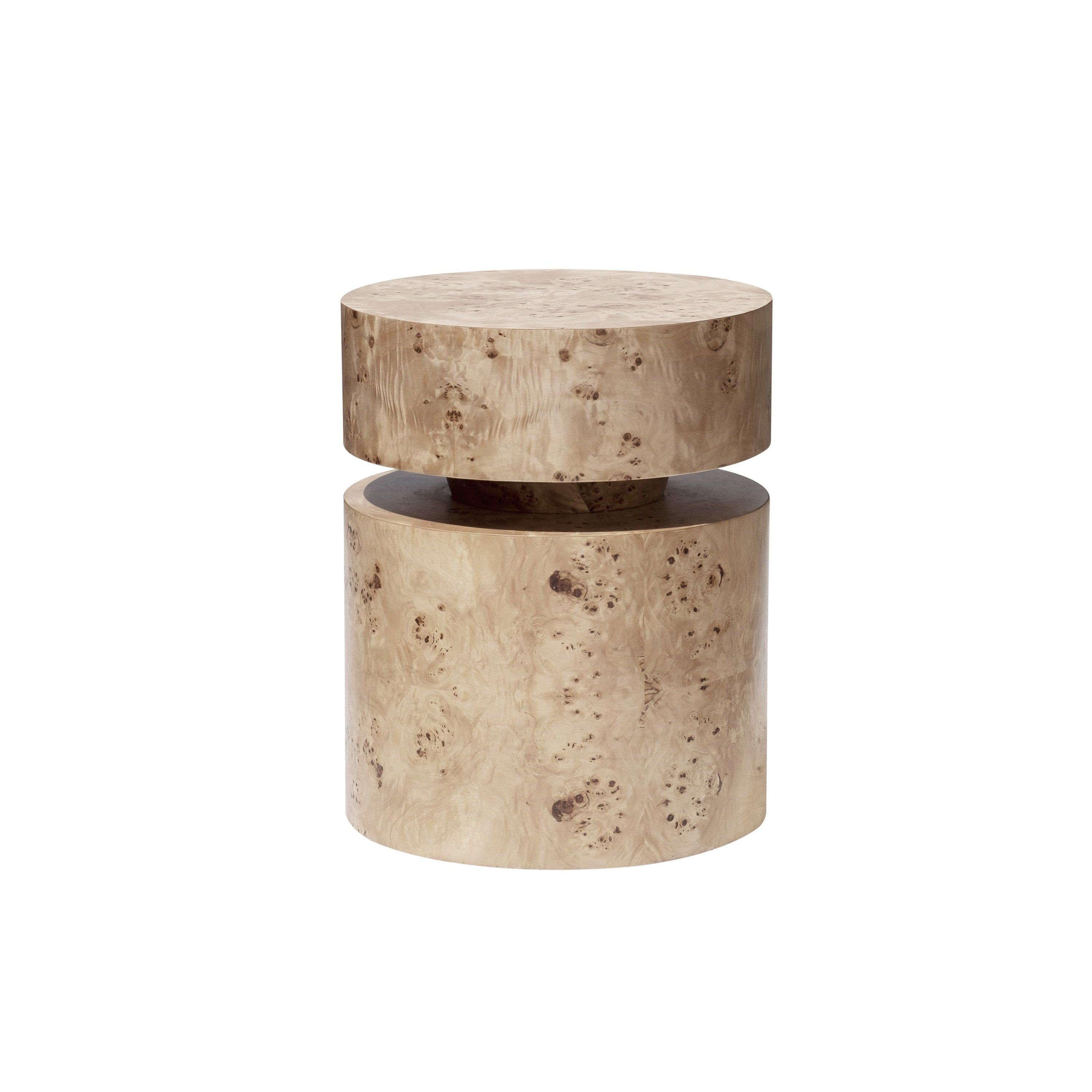The teapoy, also known as a tea table or a small, decorative three-legged stand, is a piece of furniture that holds a special place in many cultures, especially those where tea drinking is a cherished tradition. The design of a teapoy often reflects the aesthetic preferences and cultural heritage of its creators and users. Below is an analysis of various teapoy designs, highlighting their unique features and significance.
Traditional Designs
-
Antique Teapoy Designs
- Features: Antique teapoys are characterized by intricate carvings, ornate handles, and traditional woodworking techniques. They often feature drawers and compartments for storing tea-related items such as teapots, cups, and tea leaves.
- Significance: These designs serve as a reminder of the rich history and cultural heritage of tea drinking. They are often valued for their collectibility and aesthetic appeal.
-
Ethnic and Folk Teapoy Designs
- Features: Ethnic and folk teapoys incorporate elements of traditional craftsmanship and cultural motifs. They may feature colorful fabrics, hand-painted designs, or woven patterns that reflect the cultural identity of their creators.
- Significance: These designs celebrate diversity and cultural heritage. They serve as a bridge between past and present, connecting traditional tea drinking practices with contemporary lifestyles.
Modern Designs
-
Minimalist Teapoy Designs
- Features: Minimalist teapoys are characterized by their sleek lines, simple shapes, and lack of ornate details. They may be made of modern materials such as metal, glass, or engineered wood.
- Significance: These designs appeal to those who prefer a more contemporary aesthetic. They provide a functional and stylish way to store and display tea-related items in a modern living space.
-
Industrial Teapoy Designs
- Features: Industrial teapoys often feature raw, unfinished wood, exposed metal hardware, and a rugged, utilitarian look. They may incorporate pipes, brackets, and other industrial elements into their design.
- Significance: These designs appeal to those who appreciate the raw beauty of industrial materials and the rugged charm of vintage furniture. They add a unique, eclectic touch to any living space.
-
Customizable Teapoy Designs
- Features: Customizable teapoys allow users to personalize their furniture to match their unique tastes and preferences. They may feature modular components, adjustable shelving, or customizable finishes.
- Significance: These designs cater to the needs of individuals who value customization and personalization. They provide a way to create a one-of-a-kind teapoy that reflects the user's personality and style.
Functional Considerations
When designing a teapoy, it is important to consider its functionality as well as its aesthetic appeal. The following are some functional considerations to take into account:
- Storage Solutions: The teapoy should provide adequate storage space for tea-related items such as teapots, cups, and tea leaves. Drawers, compartments, and shelves should be designed to accommodate these items in a way that is both practical and aesthetically pleasing.
- Durability: The teapoy should be made of durable materials that can withstand the rigors of daily use. Wood, metal, and engineered wood are popular choices for their strength and longevity.
- Ease of Use: The teapoy should be designed to be easy to use. Drawers should glide smoothly, compartments should be easily accessible, and the overall design should be user-friendly.
In conclusion, teapoy designs are as diverse as the cultures and individuals who appreciate them. From antique and ethnic designs to modern and industrial styles, there is a teapoy to suit every taste and preference. When designing a teapoy, it is important to consider both its aesthetic appeal and functionality to create a piece of furniture that is both beautiful and practical.
#teapoycovers
#teapoycloth
#teapoycover
#teapoycollection
#teapoycenter
#teapoydesign
#teapoydesigns
#teapoydecoratingideas
#teapoydecor
#teapoydecorsinlace
#teapoye
